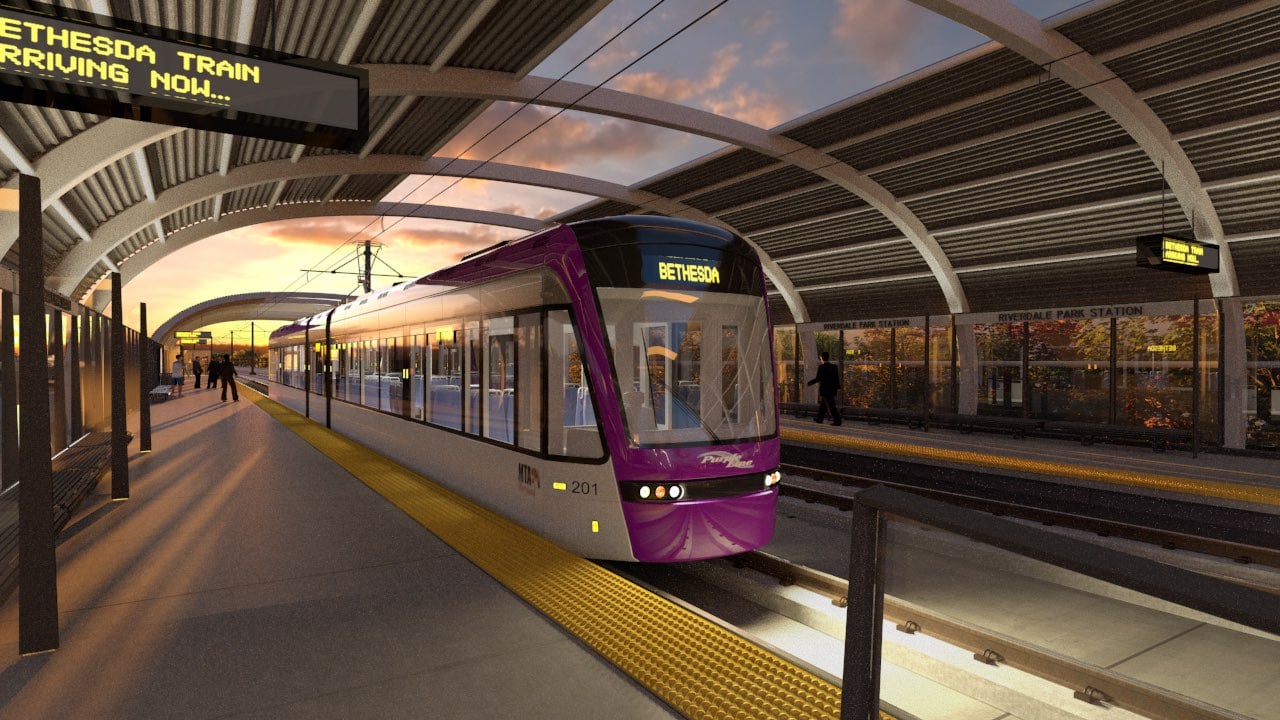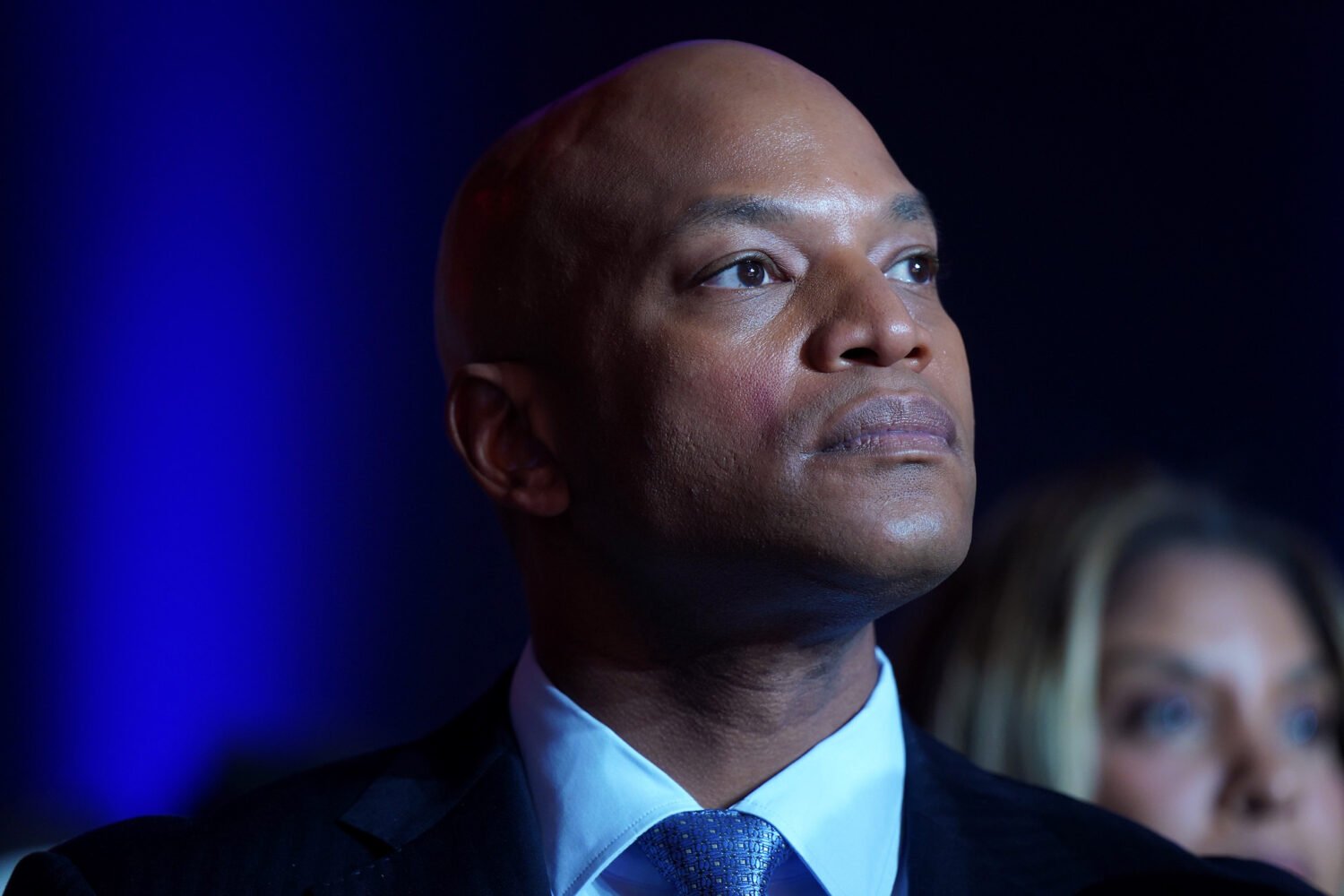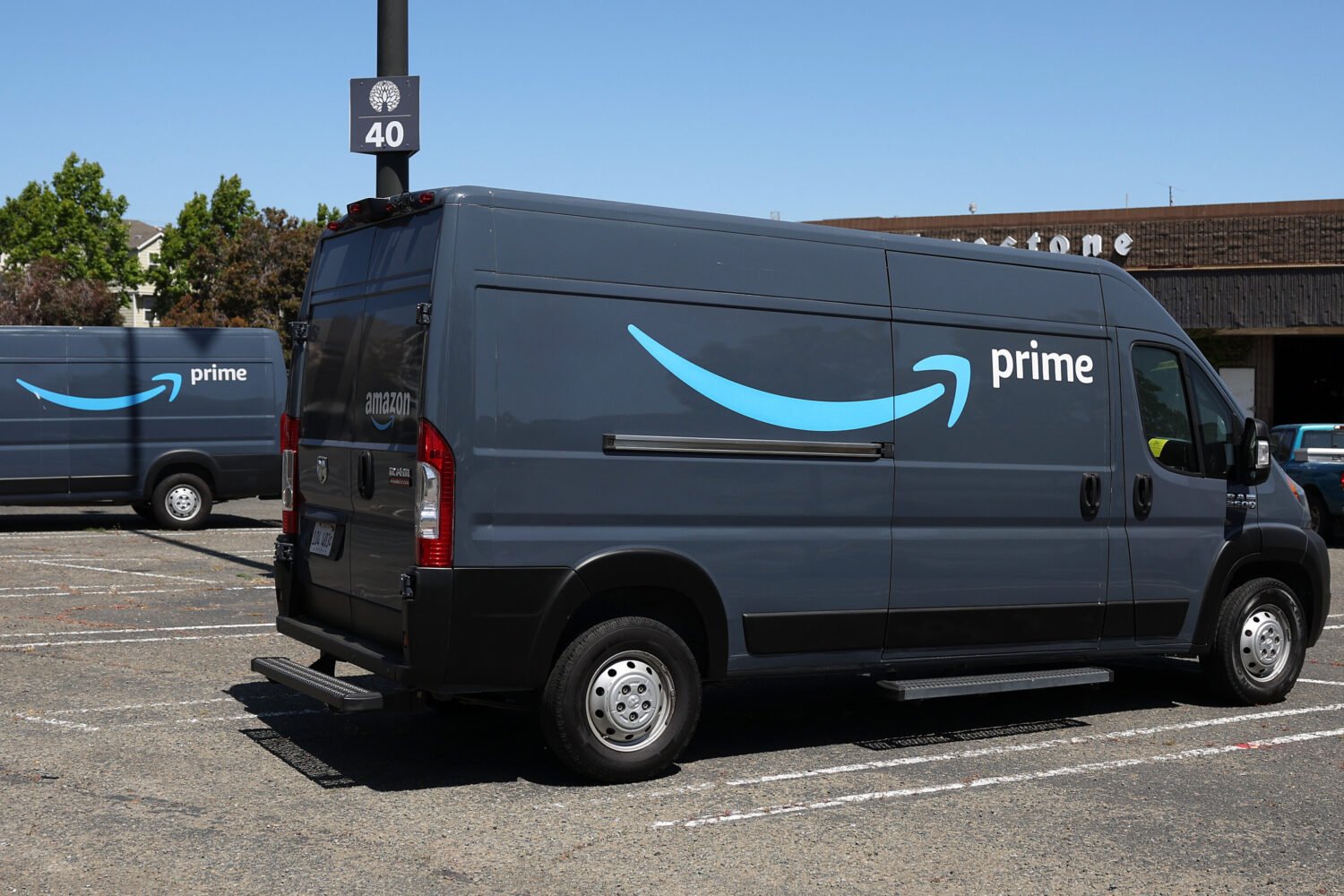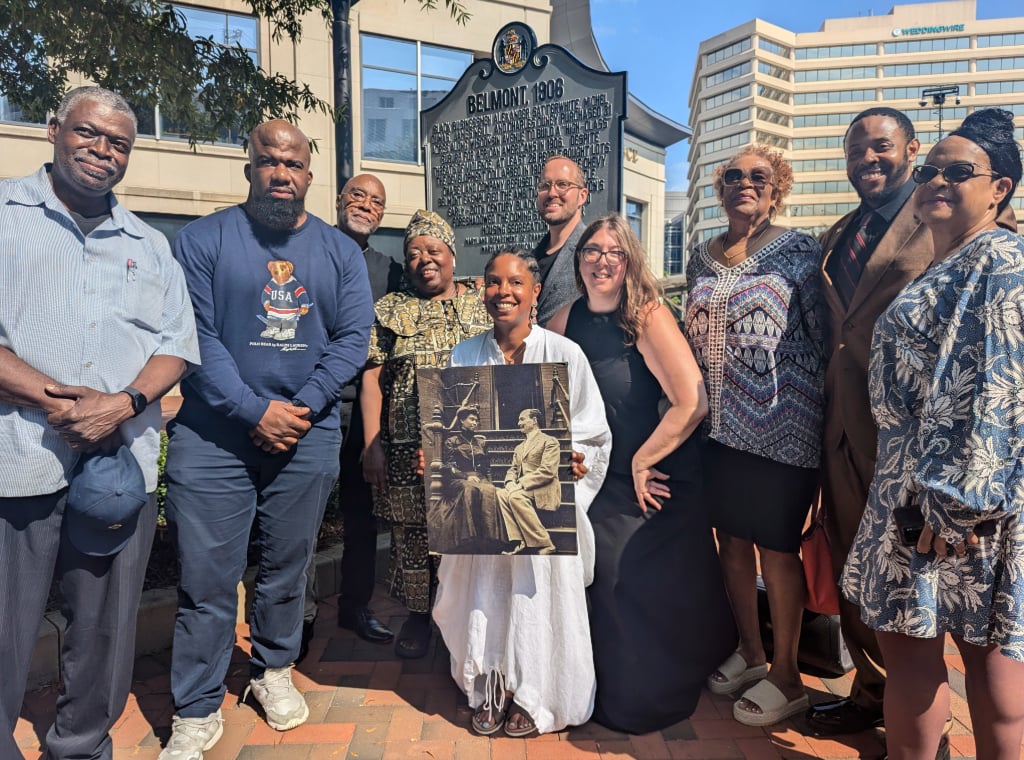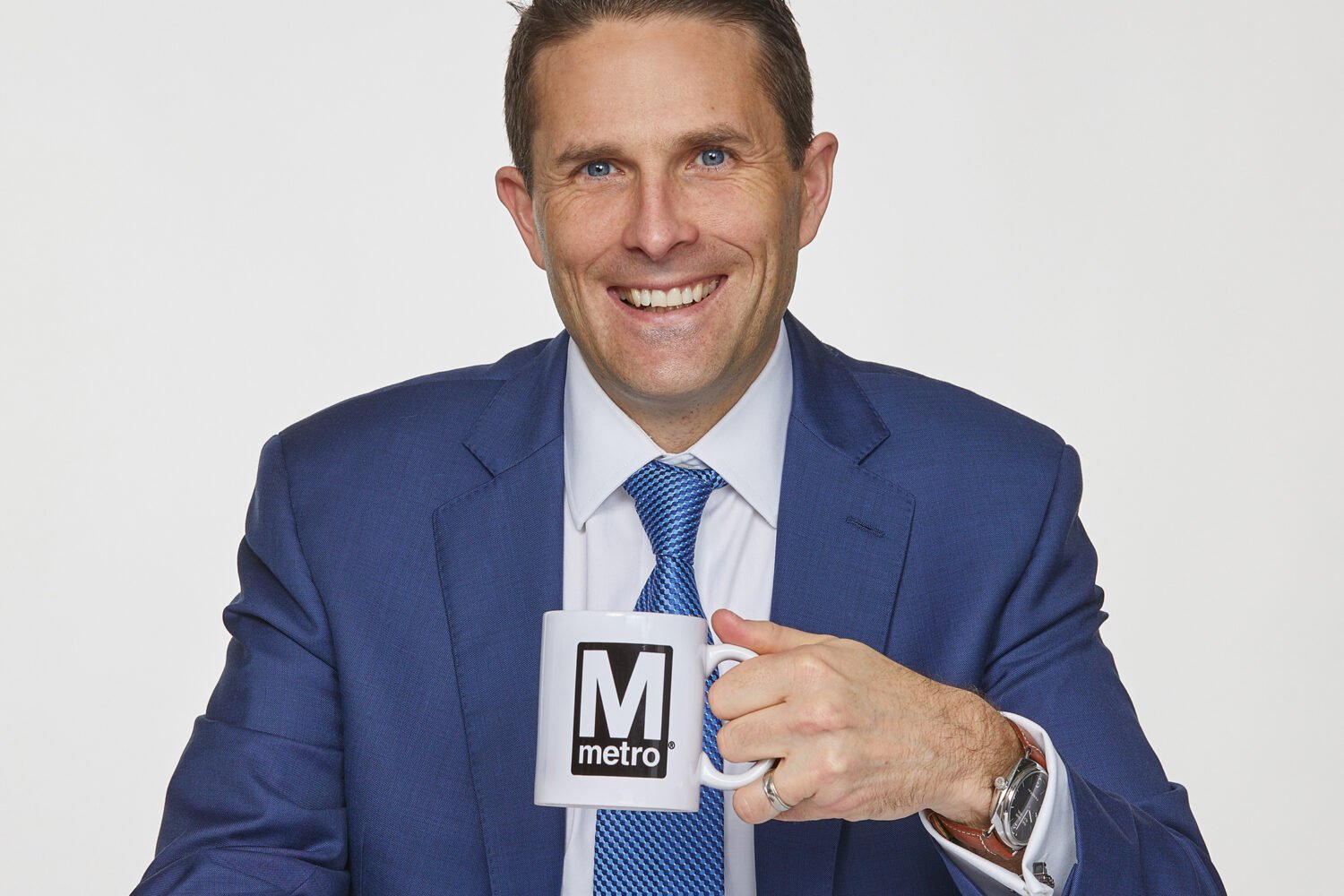The DC area could be the perfect home for Amazon. It has everything the commerce giant is looking for, including public transportation that—if you can swallow your contempt for Metro for just a moment—knocks out a lot of would-be competitors.
A lot of local jurisdictions would love to land Amazon, which promises an influx of 50,000 jobs that average six figures (and the many more jobs that would spring up from that). But if Montgomery or Prince George’s counties want to have a prayer of being among the candidates, they have to build the Purple Line immediately.
Elite companies that have to compete for talent are concerned about livability of their employees. Employers are moving back to cities, after a generation in suburban office parks. They want their employees to be able to work in environments where they’re not marooned in secluded office parks. They also want their employees to have the option of living some place walkable and livable, because many of the people who want to work for these kinds of firms want to be in urban areas with lots of amenities.
The Purple Line, which broke ground last month has been in the works for decades. Lawsuits from wealthy residents with less-than-savory motives held up the project for an entire year after it was completely green lighted by local, state and federal governments. And even when their absurd legal arguments are struck down, they keep coming up with new ones. Their latest is that Maryland violated the Highway Act by funding the Purple Line instead of providing further funding for Metro and other parts of the regional transportation network, a ridiculous line of legal reasoning that experts say could block any new transportation funding anywhere if a judge actually accepted it.
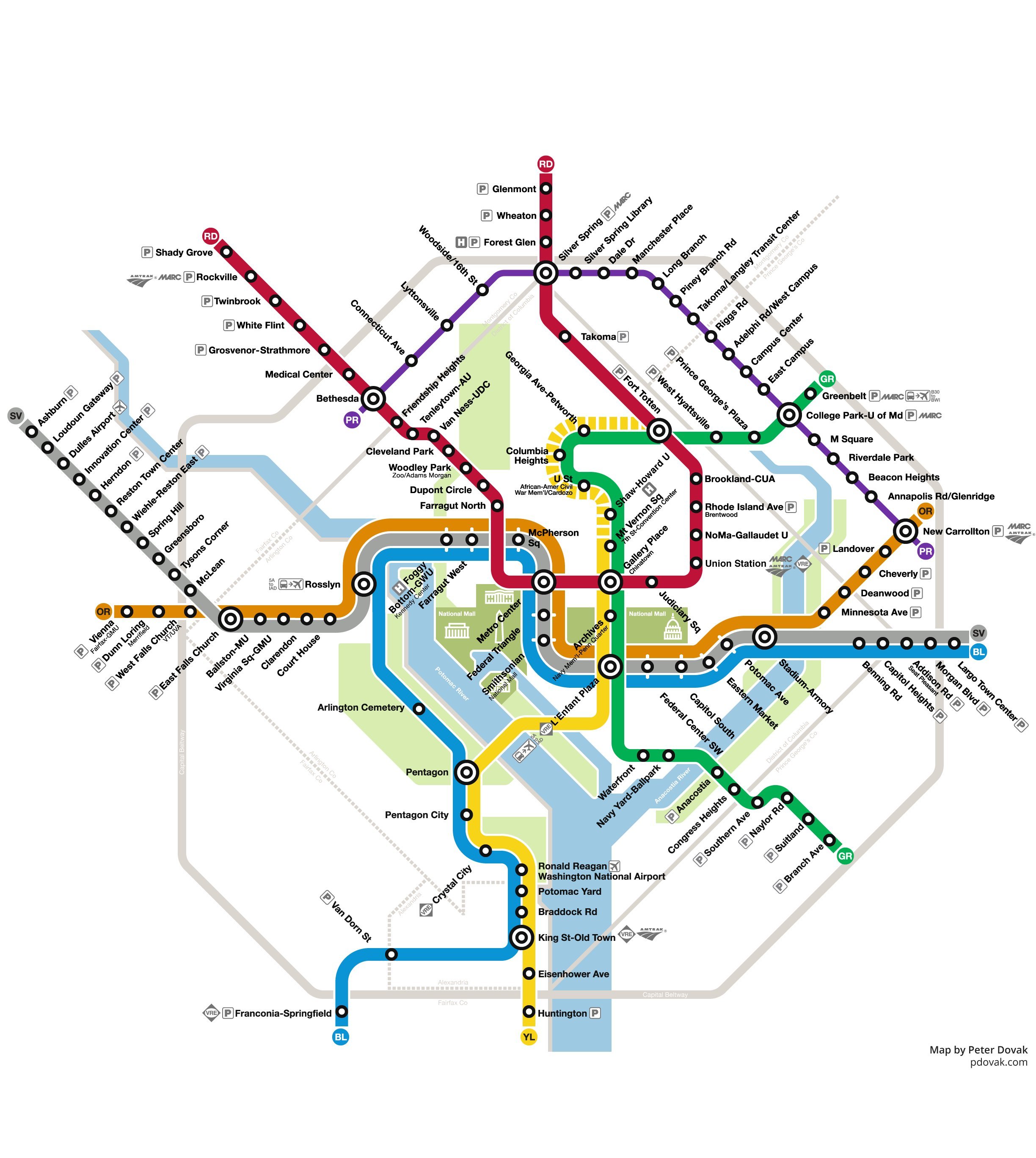
Public transportation is one of Washington’s core strengths. Even with its many faults, Metro is a better system than what many other major cities can offer Amazon, which wants on-site public transportation for its new headquarters. So why is the Purple Line so vital if DC already has better public transportation than most US cities? Land. There just aren’t that many spots left in the region where a company can build 8 million square feet of space—bigger than the Pentagon—with direct access to mass transit. Parcels that can be developed near Metro stations are increasingly scarce, but the Purple Line is expected to open up 16 miles of suburban Maryland to new development.
College Park, for instance, is home to one of the best public research universities in the country. It has a Metro stop in town and it’s inside the Capital Beltway. But it’s been under-utilized. Due to racism and other factors when Metro was being debated about coming to College Park, the Green Line doesn’t actually reach the University of Maryland. It’s a 1.5-mile trek from the College Park Metro station to Stamp Student Union, and even farther to any of the sports venues. Instead of being near campus or in downtown College Park, the Metro station sits surrounded by parking garages and little else.
The Purple Line will connect to Metro, but it will also run straight through the UMD campus. There’s plenty of land in College Park that could be used for Amazon’s new headquarters or other tech companies that would love to partner with a Big Ten research university. But without the Purple Line, it’s not going to happen.
Or look at Marriott’s decision to move its headquarters from a forgettable office park near Interstate 270 to a new, 22-story tower in downtown Bethesda. The company made the move in large part to keep itself attractive to talented and younger hires who want easy access to a large city and the amenities of a dense suburb. When Marriott’s new building opens, it’ll be two blocks from a Red Line-Purple Line interchange. Arne M. Sorenson, the hotel giant’s chief executive, has said that while looking for a new headquarters location that it was “essential we be accessible to Metro.”
But a small cadre of Chevy Chase residents with lots of money and little love for public transit are still trying to stop the Purple Line. If you’re Jeff Bezos looking at proposals from all over the country, would you give that much consideration to one from a jurisdiction whose future transportation needs could be scuttled in a court case? Ongoing lawsuits could hold back the line beyond 2022—three years after Amazon intends to open the first outpost of its second headquarters. Amazon can’t select a site based on the idea that some day, one day—maybe—there will be public transportation.
If the Purple Line was already completed or close to it, Maryland would be incredibly competitive. Is it ready to make that choice?

